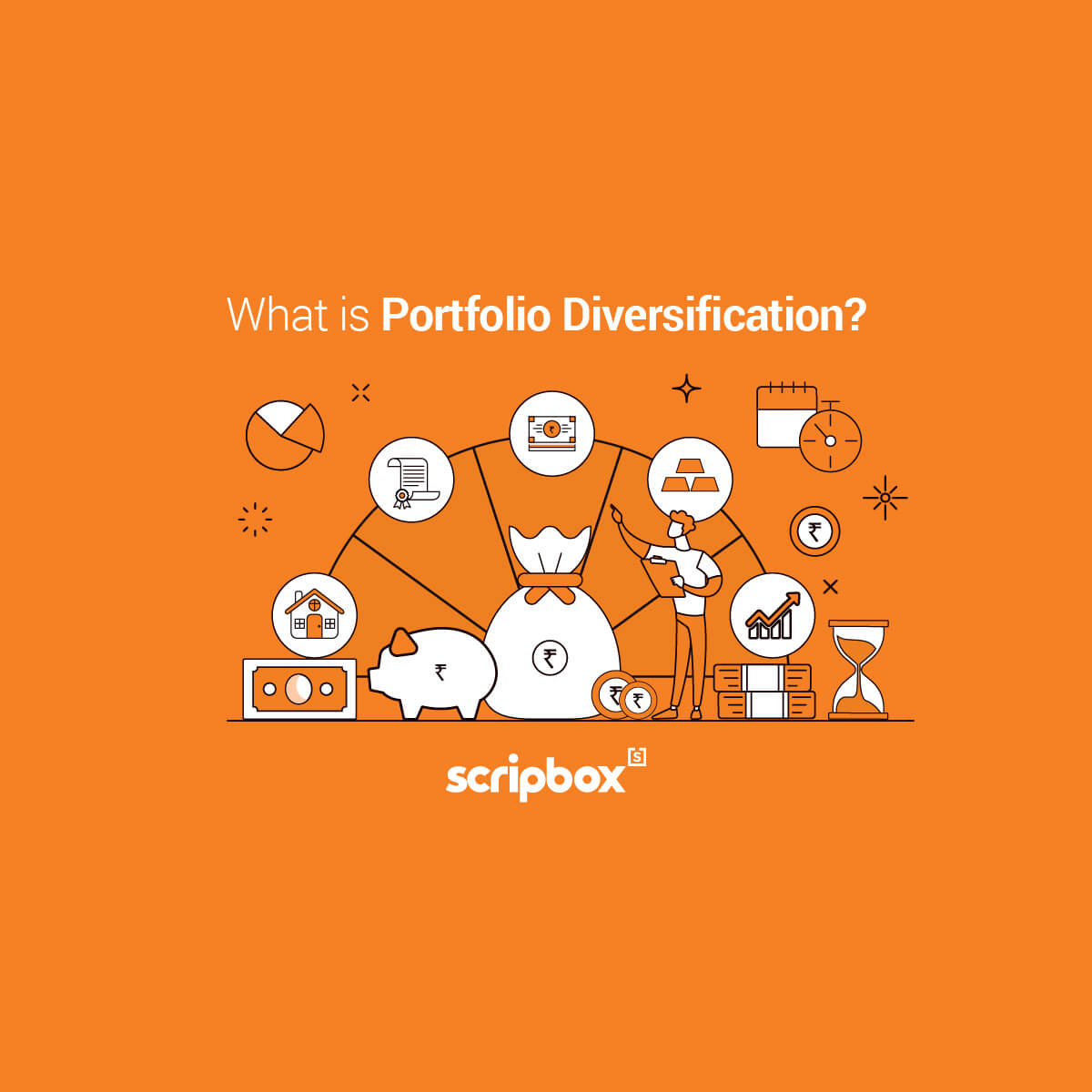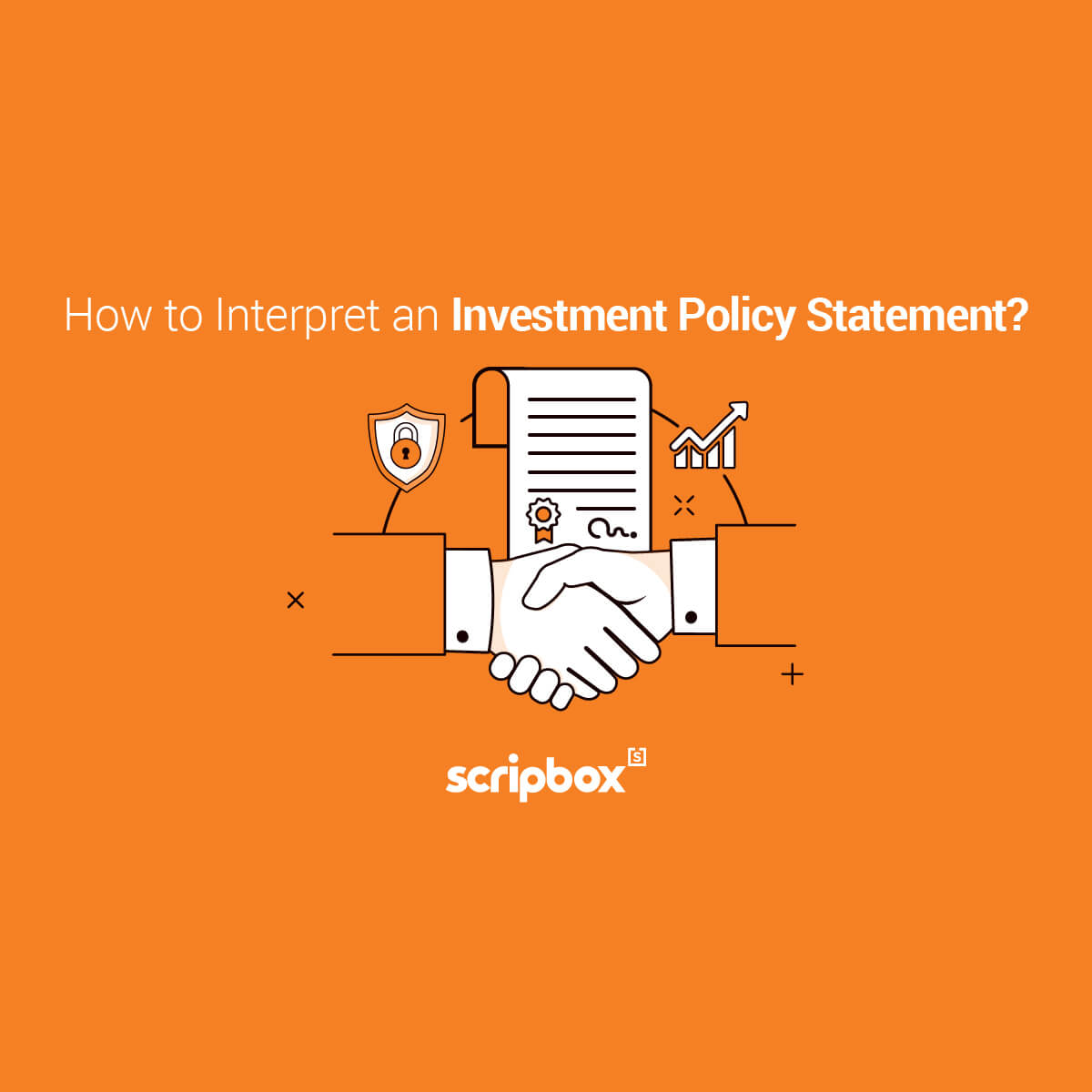What is SME IPO?
SME IPO refers to the initial public offering of small and medium-sized businesses. Instead of pitching to an individual and institutional investor for funds, SMEs can directly tap into the public markets and gain substantial liquidity through IPO.
The initial public offering of small and medium-sized businesses is bringing a paradigm shift to the Indian capital markets. Small and medium-sized enterprises (SMEs) form the backbone of India’s economy. However, they face unfair treatment in terms of funding and access to financial markets.
Lately, SME IPO platforms are gaining pace and rapidly becoming a viable source of finance for entrepreneurs. With the loosening of SEBI regulations, SMEs can raise money without a significant history of profitability or net worth. SMEs can now access capital markets and trade on platforms such as NSE Emerge and BSE SME.
As a result, Many SMEs facing a capital crunch are acquiring improved liquidity, credibility, governance, and transparency without surrendering huge portions of their ownership to VCs and foreign investors.
How Does SME IPO Listing Work?
Compliance standards for SME IPOs are much less stringent than those for traditional offers. Nonetheless, companies must submit all the paperwork. Following is the procedure for SME IPO listing:
- Appointment of Merchant Banker: SMEs need to appoint a merchant banker to underwrite their issue.
- Due Diligence: All the data and accounts provided by the company are verified to ensure no discrepancies.
- Red Herring Draft Prospectus: Similar to a standard IPO, the SME must also submit a prospectus highlighting the company’s operations and future prospects. Ideally, this prospectus is like a mission statement to potential investors.
- Verification: Upon verification of all the documents, SME receives feedback to comply with the necessary adjustments. Furthermore, a site visit is done to validate the company’s claims.
- In-Principle Permission: Upon validating all facts and data, the SME will receive an in-principle approval, subject to a few criteria, before the issue opens.
- Issue Open & Close: The issue launches on a certain date upon obtaining all the clearances. After marketing and promotion, it will remain open for a few days before closing and allotting shares.
- Listing & Trading: After full subscription and share allotment, investors will be able to buy and sell company stocks on the BSE SME or NSE Emerge platforms.
Price and volume of the shares help in determining the lot size. The shares are constantly monitored for adjustments to ease trading and transfer. When the stock’s price and trading volume rise, the company can trade in major exchanges and establish itself as a publicly traded company.
What is an SME in India?
SEBI is about to allow start-ups to register on the SME portal and disclose their net worth and profitability requirements. This is to provide more options to small start-ups that cannot list on the major exchange.
Usually, start-ups require money to grow. Smaller businesses have fewer possibilities for obtaining additional capital than their larger counterparts. Thus, a platform designed with these enterprises in mind would greatly benefit both the companies and the investors.
While the companies listed on the SME platform are gaining recognition, they are drawing an increasing number of investors. The rapidly growing number of SME stocks and the rise in returns are two other factors contributing to the increase in the number of investors who invest in SMEs. As a result of such assistance from the exchange board and investors, the Indian market appears favourable for SME-IPOs. Hence, SMEs are essential to India’s economic growth and increasing employment opportunities.
What is the IPO Listing Criteria for SMEs?
The following table highlights the IPO listing criteria for SMEs for BSE SME and NSE Emerge:
BSE SME
- Incorporation: The SME must be a company registered in India under the Companies Act of 1956/ 2013.
- Minimum Application and Trading Lot Size: ₹100,000
- Paid Up Capital (Post Issue): The post-issue paid-up capital, i.e., the face value of the company, must not exceed INR 25 crores.
- Net Worth: Positive Net worth
- Minimum No. of Prospective Allottees: 50
- Tangible Assets: The net tangible assets must be INR 1.5 crore.
- Underwriting: The net tangible assets must be INR 1.5 crore.
- Track Record: The Company, Partnership/Proprietorship/LLP Firm, or Firm that has been converted to a Company must have a cumulative track record of at least three years. OR If it has not completed its operations after three years, the Company/ Partnership/ Proprietorship/ LLP must have received funding from banks, financial institutions, the central or state government, or the Group Company must have been listed on the main board or SME board of the exchange for at least two years. The Company or the Firm or the Firm that has been converted into the company must have positive cash accruals (earnings before depreciation and tax) in any of the three most recent years and positive net worth.
- Other Listing Conditions:
- The Company is required to have a website.
- The Company is required to facilitate trading in demat securities and to enter into an arrangement with both the depositories.
- There must not have been any change in the promoters of the company in the year preceding the date the application for listing under the SME sector was submitted to the BSE.
- Disclosures:
- The organization has not been referred to the Board for Industrial and Financial Reconstruction (BIFR).
- There is neither a court-admitted petition for the company’s dissolution nor a liquidator who has been appointed.
NSE EMERGE
- Incorporation: The SME must be a company registered in India under the Companies Act of 1956/ 2013.
- Minimum Application and Trading Lot Size: ₹100,000
- Paid Up Capital (Post Issue): The post-issue paid-up capital, i.e., the face value of the company, must not exceed INR 25 crores.
- Net Worth: Positive Net worth
- Minimum No. of Prospective Allottees: 50
- Tangible Assets: NSE Emerge doesn’t have any such requirement.
- Underwriting: The must be 100% underwritten, and the merchant banker must underwrite 15% in their own account.
- Track Record: Track record of at least three years of either-
- the applicant seeking listing;
- the Promoters/ Promoting Company, incorporated in or outside India or
- Proprietary/ Partnership firm that subsequently converted into a Company and approaches the exchange for listing.
- Furthermore, the Company/entity should have operating profit (earnings before interest, depreciation, and tax) from operations for at least any 2 of the three financial years before the application and positive net worth.
- Other Listing Conditions:
- The SME company has not been referred to the erstwhile Board of Industrial, and Financial Reconstruction (BIFR) and no actions under the Insolvency and Bankruptcy Code have been admitted against the issuer and promoting companies.
- The company has not received any petition for liquidation that has been accepted by an NCLT or court.
- No significant regulatory or disciplinary action was taken against the applicant company by a stock exchange or regulatory authority in the preceding three years.
- Disclosures: The following information must be included in the offer document:
- Any major regulatory or disciplinary action taken by a stock exchange or regulatory authority against Promoters / Promoting Company, Group Companies, or Companies promoted by Promoters / Promoting Company of the applicant Company during the preceding year.
- Defaults in payment of interest and/or principal to debenture/bond/fixed deposit holders, banks, FIs by the applicant, Promoters/Promoting Company, Group Companies, and Companies promoted by Promoters/Promoting Company for the preceding three years.
- The applicant, Promoters/ Promoting Company, Group Companies, and Companies promoted by the Promoters/ Promoting Company litigation history, nature, and status.
- With respect to the track record of the directors, the status of criminal cases filed or the nature of the investigation being conducted with regard to the alleged commission of any offence by any of its directors and its effect on the business of the issuer, where all or any of the issuer’s directors have been charged with serious crimes such as murder, rape, forgery, or economic offences.
Why Do SMEs Opt for Public Listing?
Following are the reasons why SMEs opt for public listing:
Access to Capital and Funding
Going public gives organisations the equity financing alternatives necessary to grow their businesses in all aspects, including operations, expansion, and acquisitions. Thus, access to equity funding reduces debt, resulting in cheaper financing costs and healthier and more prosperous balance sheets.
Better Value Creation
Several factors govern a company’s valuation, one of which is whether it is a public or a private limited company. Going public with a capital raise will increase the company’s visibility. Public awareness through media coverage, publicly available documents, and stock coverage by investment experts will also enhance the profile and credibility of the companies.
Better Risk Management
Going public will assist SMEs in efficiently distributing business risk. Listing the company would facilitate the growth of its investor base, which in turn would assist the company in obtaining a secondary market for equity financing.
Participation from Private Equity Investors
The engagement of private equity investors increases when the investing process is smooth and efficient. The presence of a transparent trading platform driven by the market will facilitate easy entry and exit. The IPO listing would also result in increased engagement from venture capitalists, who would have an immediate, transparent, and tax-efficient exit route.
Brand Image
An IPO will likely increase the company’s or brand’s visibility, corporate image, and national and worldwide brand growth. Media and research coverage by investment analysts help in achieving greater public awareness. As a result, the brand experienced significant growth and recognition.
Is Investing in an SME IPO a Better Option?
Investing in an SME IPO is a high-risk proposition. Thus, it is suitable only for investors with a high-risk tolerance. Lately, SME IPOs are gaining traction and have been witnessing high subscriptions from retail investors and financial institutions. SME companies that go for IPO are in their initial stage of business. These companies have a good potential for growth in the future. Early-stage investing with the possibility of generating high returns attracts many investors to subscribe to SME IPOs.
At the same time, SME investments have a great risk as there is no guarantee of the business performing well. Listing and post-listing gains can be promising if the business is good. However, if the assumptions go the other way, the investor may lose the entire capital.
Furthermore, not all SME companies offer high liquidity. Mostly, the top 50 companies on both BSE and NSE have good volatility. It may be difficult to enter or exit other companies. Thus, investing in SME IPOs needs extreme due diligence and care.
Difference Between SME IPO and Regular IPO
Following are the key differences between SME IPO and Regular IPO:
| Basis of Difference | SME IPO | Regular IPO |
| Minimum Allottees | 50 | 1,000 |
| Minimum Investment | INR 1,20,000 to INR 1,50,000. | INR 12,000 to INR 15,000 |
| Paid-Up Capital (Post Issue) | Minimum: INR 1 CroreMaximum: INR 25 Crore | Minimum: INR 10 Crore |
| Underwriting | Mandatory. 100% underwritten (15% in merchant banker’s account) | Non-Mandatory, if 50% subscription is by QIBs. |
| Vetting of Offer Document | By stock exchange | By SEBI |
| Application Size | INR 1,00,000 | INR 10,000 to INR 15,000 |
| Financial Reporting | Half-yearly | Quarterly |
Track Record
Regular IPO
- At least three years of track record of:
- the applicant seeking listing; or
- the promoters /promoting firm, established in or outside India; or
- Partnership firm that later turned into a Company (no longer existing as a Company for three years) and reaches out to the Exchange for listing. In order for the newly established company to be considered for listing, SEBI stipulates that certain conditions must be met.
- For this purpose, the applicant or promoting firm must furnish NSE with annual reports for the three preceding fiscal years, as well as a certificate regarding the following:
- The company has not been referred to the Board of Industrial & Financial Reconstruction (BIFR) &/OR No proceedings under the Insolvency and Bankruptcy Code have been admitted against the issuer and Promoting entities.
- The corporation has not received a petition for dissolution or winding up that has been approved by an NCLT.
- The company’s net worth should be positive. (Provided that this criterion shall not apply to firms whose proposed issue size exceeds INR 500 crores).
SME IPO
- Track record of at least three years of either:
- the applicant seeking listing;
- the Promoters/ Promoting Company, incorporated in or outside India or
- Proprietary/ Partnership firm that subsequently converted into a Company and approaches the exchange for listing.
- Furthermore, the Company/entity should have operating profit (earnings before interest, depreciation, and tax) from operations for at least any 2 of the three financial years before the application and a positive net worth.

















Show comments